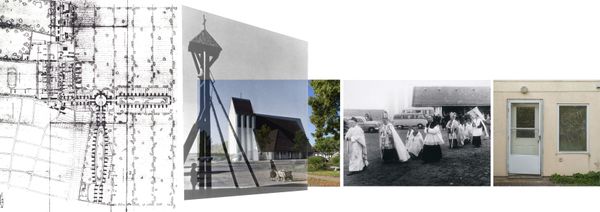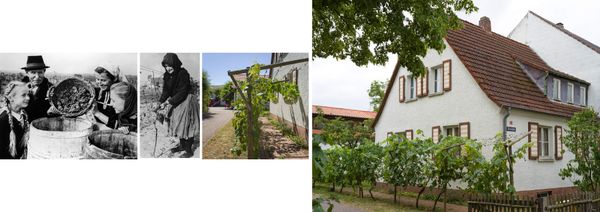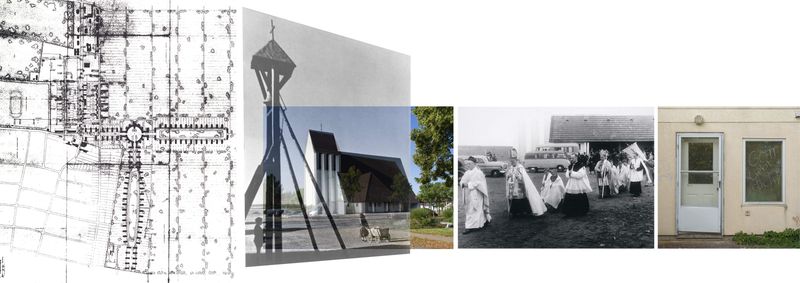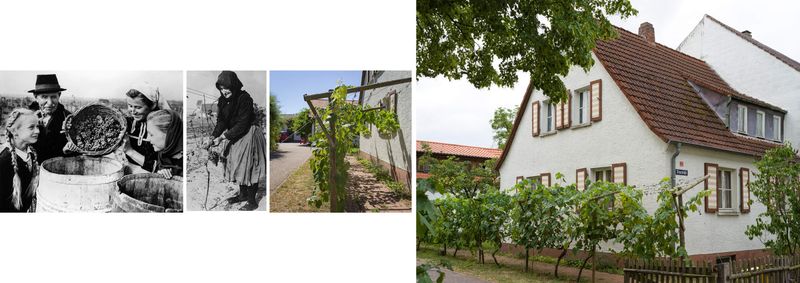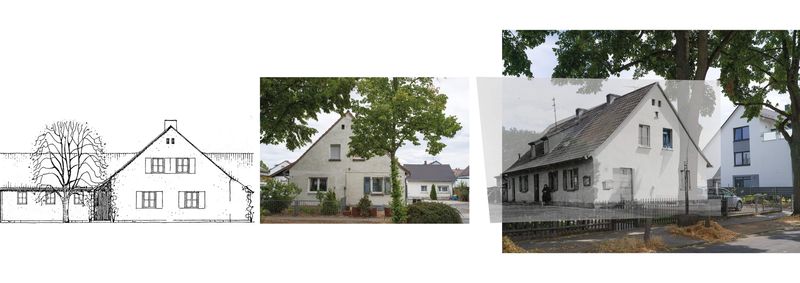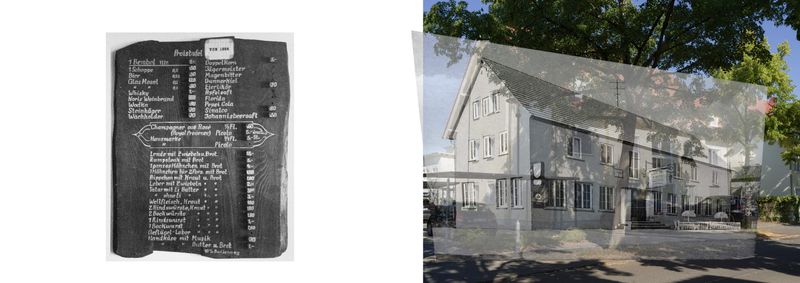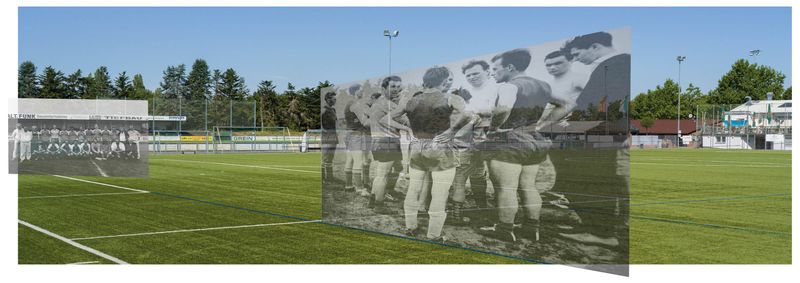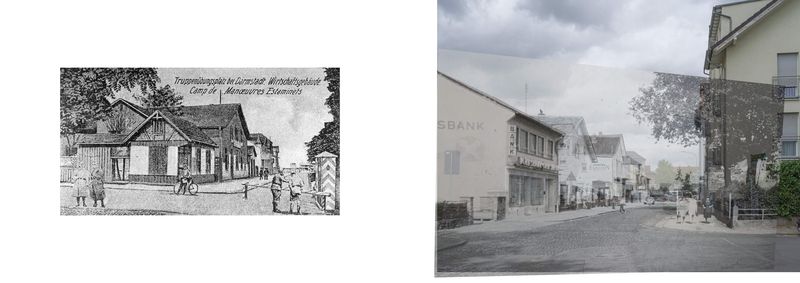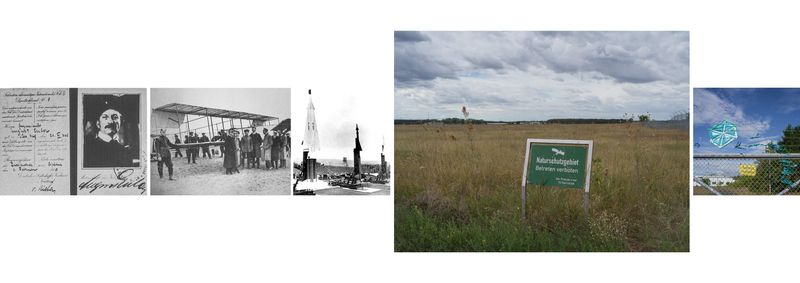The Paprika Village
-
Dates2020 - Ongoing
-
Author
- Location Griesheim, Germany
This project deals with the mutation of a place over time and the traces of the key influences such as military, religion, politics and agriculture, which are still visible today.
It is about a city district of Griesheim/ Hesse (Germany), which became in 1948 the new home for Hungarian refugees of German origin. They named it Sankt Stephan after the first Hungarian emperor.

